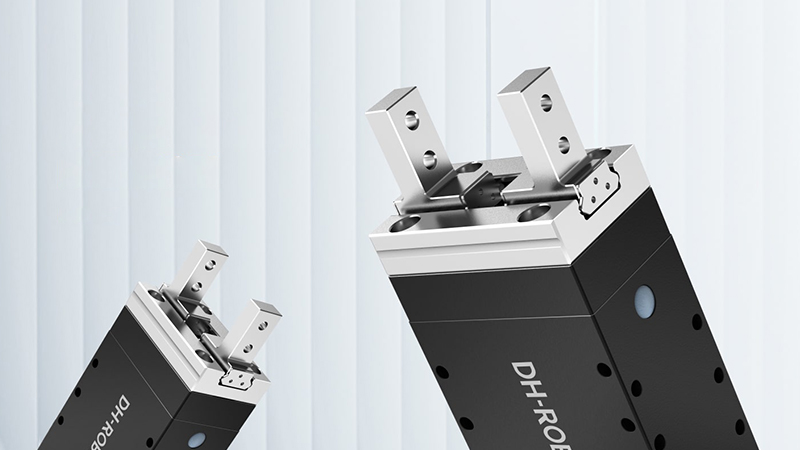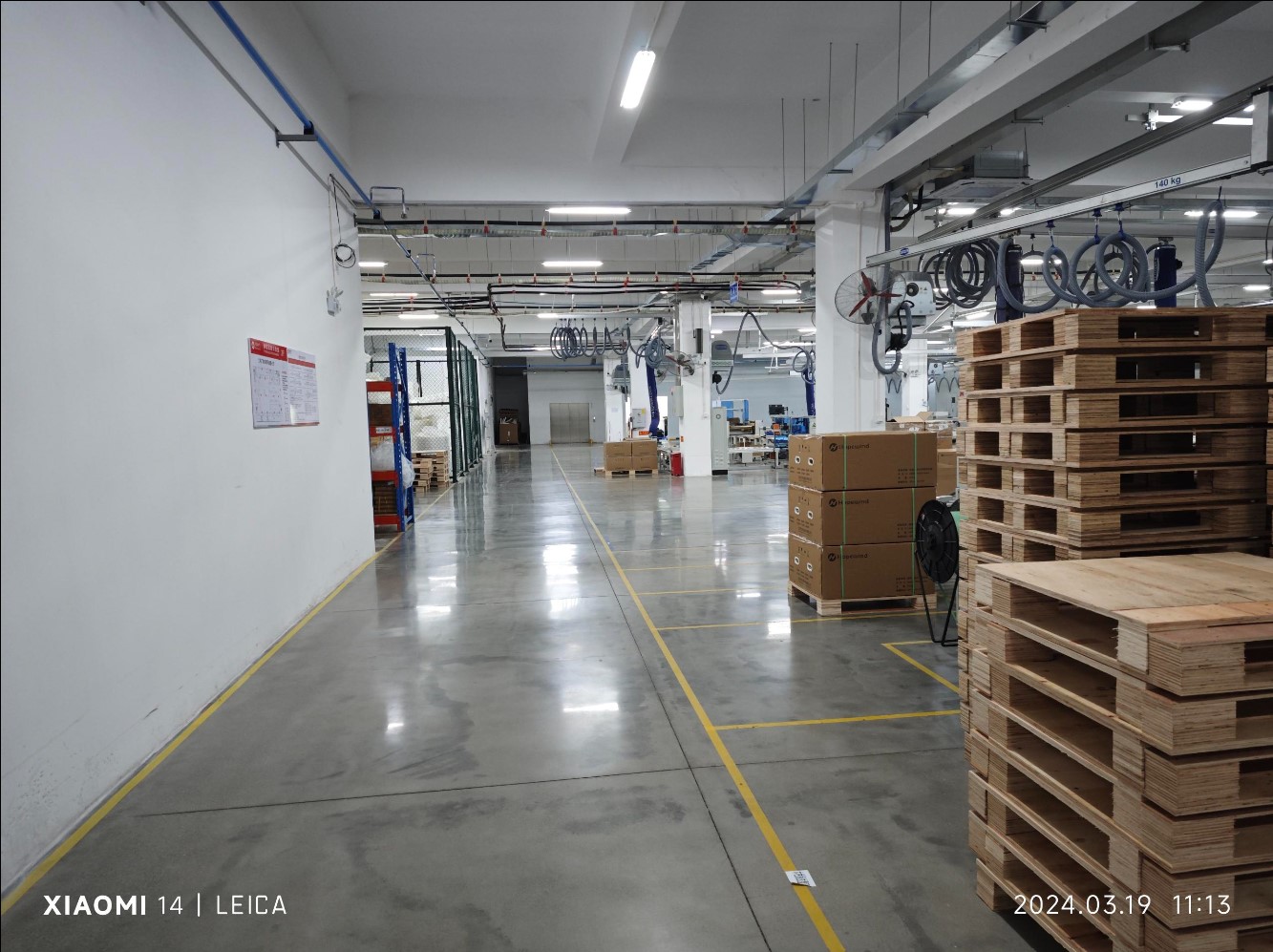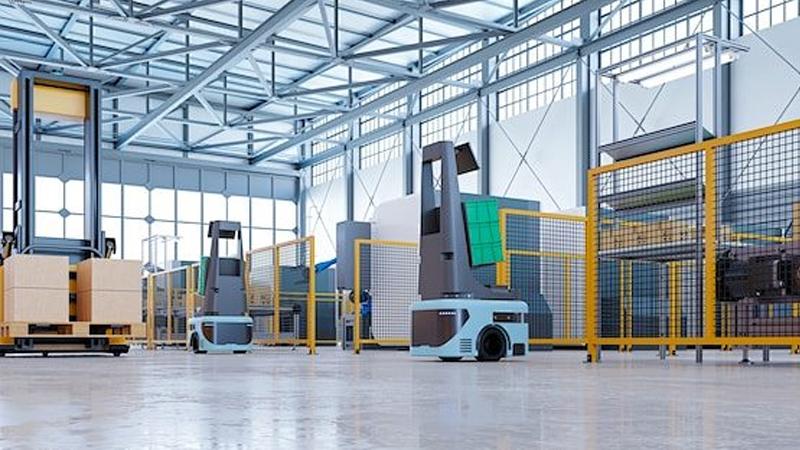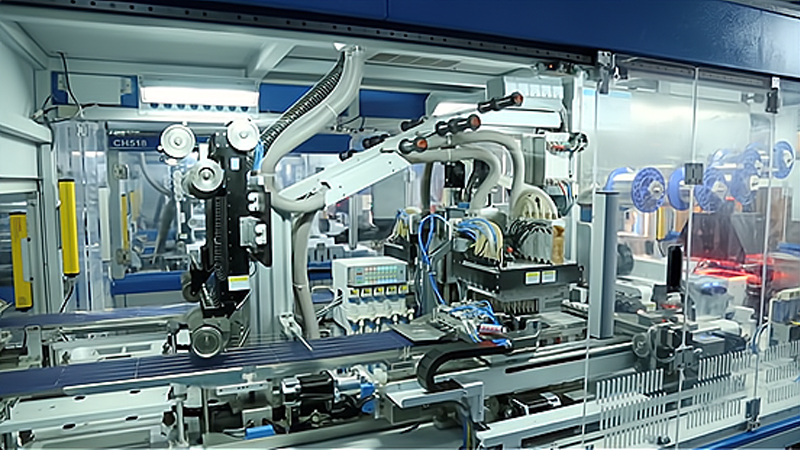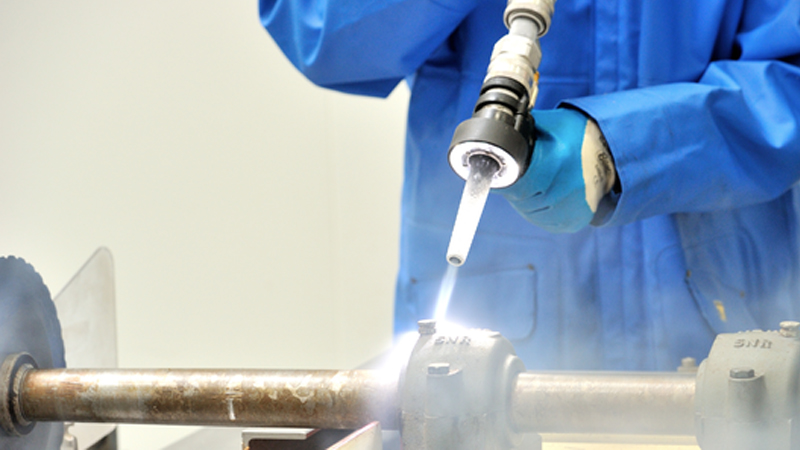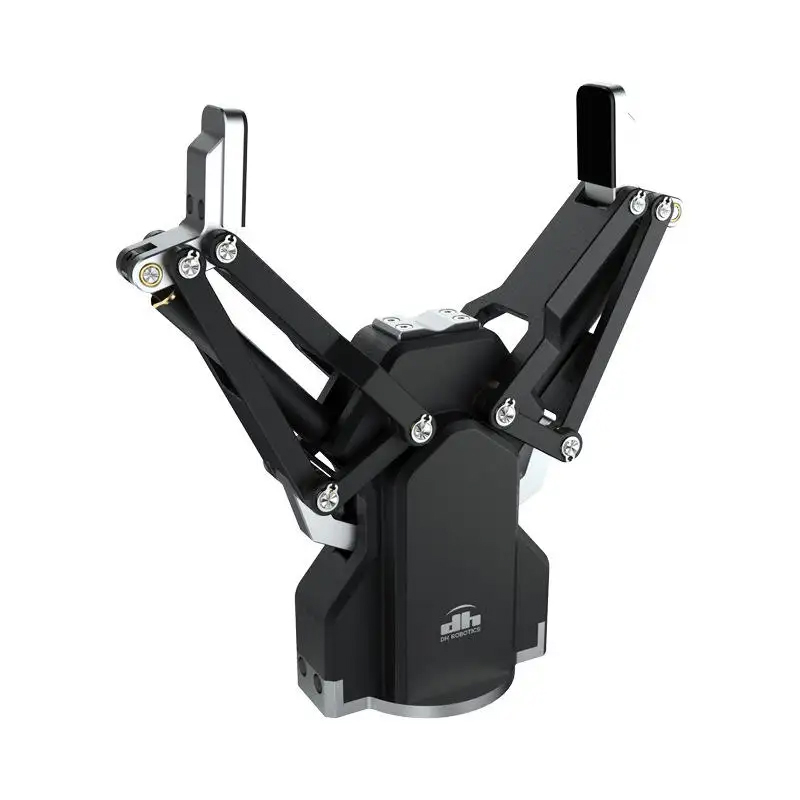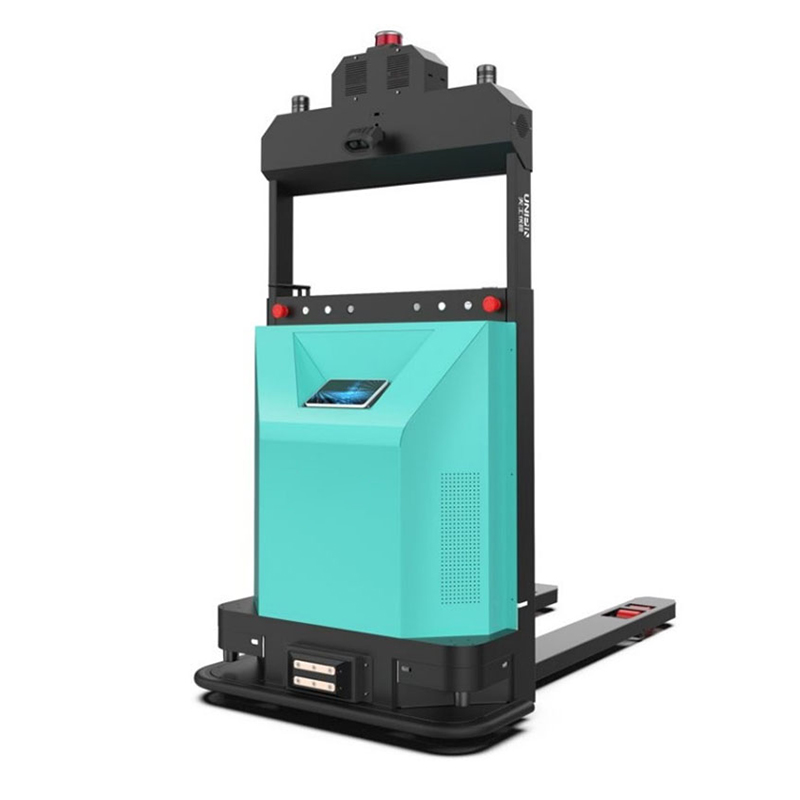Parallel electric claw: improving the intelligence and automation level of production lines
Parallel electric gripper is a new type of gripper device that has received much attention in the field of industrial automation in recent years. It has the advantages of simple structure, rapid action, high control accuracy, and strong adaptability. It can be widely used in various automated operations on production lines to improve production efficiency, reduce costs, and enhance the intelligence and automation level of production lines.
The parallel electric gripper adopts an electric drive method, achieving fast and accurate clamping action through high-precision servo motors and precision transmission mechanisms. Compared with traditional pneumatic grippers, parallel electric grippers have faster response speed and higher control accuracy, and can adapt to various complex and high-precision production line requirements.
The design of parallel electric claws fully considers the needs of human-machine cooperation, adopting a lightweight and compact design to achieve automated production of human-machine cooperation. At the same time, the parallel electric gripper of the robot also has an adaptive clamping function, which can automatically adjust the clamping force according to the different shapes and sizes of the workpiece, ensuring that the workpiece will not be damaged during transportation.
In practical applications, parallel electric grippers can quickly and accurately complete operations such as gripping, transporting, and placing workpieces, significantly improving the automation and intelligence level of production lines. It can significantly reduce manual intervention and operational errors, improve production efficiency and product quality. Meanwhile, parallel electric grippers also have advantages such as high reliability and low maintenance costs, saving enterprises a lot of maintenance and downtime.
Previous: What is an AGV forklift?











